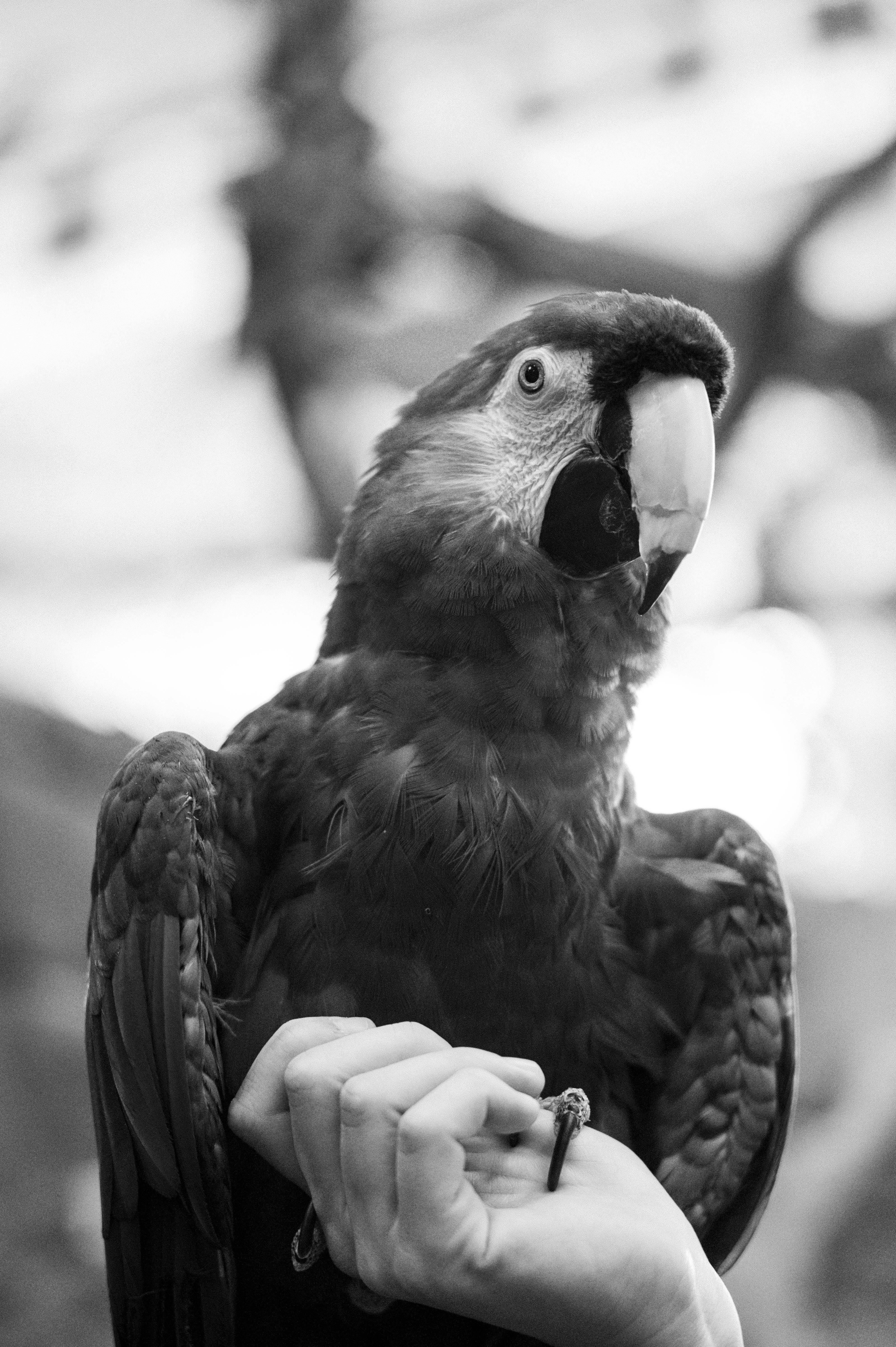Proven Methods to Enhance Your 25 Gallon Fish Tank in 2025

Effective Ways to Optimize a 25 Gallon Fish Tank for Healthy Aquatic Life
Creating a thriving environment in a 25 gallon fish tank requires attention to detail and an understanding of aquatic life needs. This guide will walk you through essential steps to ensure your fish and plants can flourish together. From understanding water quality to selecting the right fish species, optimizing your fish tank offers a rewarding experience for both you and your aquatic pets.
Understanding Your 25 Gallon Fish Tank Setup
Setting up a new aquarium involves various decisions that affect overall health and maintenance. The dimensions of your 25 gallon fish tank offer a balance of space for aquatic life and ease of care. When planning your aquarium setup, consider key elements like the right fish tank filter, heat management with a tank heater, and appropriate aquarium lighting to create that balanced habitat.
Choosing the Right Fish Species
When picking fish for your aquarium, consider the compatibility of their species and how their behaviors might interact in a community tank. Research community-friendly options, such as guppies, tetras, and danios, which thrive in a 25 gallon fish tank. Using an aquarium compatibility chart can assist you in avoiding aggressive fish interactions to ensure a peaceful aquarium environment.
Stocking Your Tank Properly
Another essential aspect of setting up a successful aquarium is understanding the concept of bioload in aquariums. Properly stocking your tank according to its size and filter capacity will reduce stress on your fish and minimize waste accumulation. Overcrowding can lead to dangerous spikes in nitrate levels and other chemicals, disrupting the system, so carefully plan your community fish tanks.
Aquarium Equipment Essentials
Invest in quality aquarium supplies that ensure your fish tank operates effectively. Essential items include an efficient tank filtration system, reliable water heater, and appropriate fish tank accessories like plants and decorations to enhance the aesthetic and provide hiding spots for your fish. Regular maintenance, including replacing fish tank filter media as needed, is crucial for maintaining water quality.
By understanding these foundational components, you can lay the groundwork for sustaining a healthy aquatic environment. This knowledge will significantly enhance your aquarist experience, reducing common pitfalls, and ensuring optimal conditions for your fish.
Maintaining Water Quality in Your Aquarium
Water quality is paramount in a 25 gallon fish tank, affecting everything from fish health to plant growth. Regular monitoring is essential to maintain ideal parameters, including pH levels, ammonia, nitrite, and nitrate concentrations.
Testing Water Parameters
Using an aquarium water testing kit allows you to keep track of vital statistics. Regular tests help identify problems early, such as elevated ammonia levels which can be toxic to fish. It’s essential to maintain a routine testing schedule, making adjustments as necessary with safe tank water conditioners to stabilize your aquarium’s environment.
Performing Regular Water Changes
Consistency in water changes is vital for biological filtration and general tank maintenance. Ideally, aim for a 10%-15% water change per week to remove toxins and replenish minerals. This routine can help address toxic build-up proactively, ensuring healthy living conditions and consistency.
Establishing a Tank Cycling Process
Tank cycling is the biological process that establishes beneficial bacteria crucial for breaking down waste products in your aquarium, which helps maintain ideal water parameters for fish. Cycling your 25 gallon fish tank can take anywhere from a few weeks to several months, but skipping this process can lead to dangerous spikes in toxic waste and potential fish deaths. Utilize the fishless cycling method if you prefer to avoid introducing fish during the initial process.
When these water quality practices are rigidly followed, you ensure a stable environment where your fish can thrive and grow over time, boosting overall happiness and health.
Caring for Your Fish and Aquatic Plants
The well-being of both fish and plants is essential for a thriving aquatic ecosystem. Learning proper care techniques will enable you to create an ideal tank environment in your 25 gallon fish tank.
Feeding and Nutrition for Healthy Fish
Understanding proper nutrition is vital to keeping your fish healthy. A carefully crafted feeding schedule and varied diet, including pellets, flakes, and freeze-dried foods, can support optimal growth and prevent common diseases. Additionally, research fish species dietary needs for specialized food recommendations.
Managing Aquatic Plants
Incorporating live plants not only beautifies your aquarium but also provides essential benefits such as oxygen production and algae control. Choose fish tank plants that are suitable for 25 gallons, such as Anubias, Java fern, or Vallisneria, and monitor their health regularly. Regular pruning and ensuring proper lighting will also help them flourish within the ecosystem.
Algae Control Strategies
While some algae growth is natural, excess can lead to problems in your aquarium. Implementing **lighting adjustments**, optimizing water circulation, and introducing algae-eating fish or snails can assist in maintaining **algae control** effectively. Additionally, consider using an **algae scrubber** or varied diet for fish to reduce the organic material present within the tank.
By blending effective fish and plant care with a deep understanding of water quality, you will set your aquarium up for success, creating a peaceful and harmonious aquatic neighborhood in your home.
Common Challenges and How to Overcome Them
Every aquarist will face challenges over time, whether from fish behavior to tank health issues. Having strategies in place will ease potential issues and improve your overall experience as an aquarium owner.
Fish Compatibility Issues
Issues with stocking fish can arise, especially with aggressive species. To help mitigate compatibility problems, research potential tankmates early in the process. Review the behavior patterns and requirements outlined in the fish compatibility principles to ensure a balanced aquarium dynamic.
Frequent Care and Maintenance Tasks
A routine fish tank maintenance schedule should involve regular inspections of equipment, water testing, and necessary cleaning. Establishing this habit is beneficial for the long-term health of your aquarium and helps you identify problems early before they become significant issues.
Monitoring for Common Diseases
Keeping an eye on fish behavior can alert you to potential diseases. Stress management and correct environment adjustments play crucial roles in disease prevention and fostering a healing ecosystem. Having common treatments and aquarium disease treatment protocols at hand will provide peace of mind and readiness to act when problems arise.
By approaching these common challenges with preparedness and flexibility, you can ensure that your 25 gallon fish tank remains a bright and lively statement piece filled with flourishing aquatic life.
Key Takeaways
- Choose compatible fish species and manage their requirements effectively.
- Maintain water quality through regular testing, changes, and cycling.
- Invest in essential aquarium supplies for successful setup and maintenance.
- Monitor aquatic plants health and implement algae control methods.
- Be prepared to deal with common aquarium challenges effectively.
FAQ
1. What are the best fish for a 25 gallon tank?
The best fish for a 25 gallon fish tank are those that thrive in groups and exhibit peaceful temperaments, such as Neon Tetras, Corydoras, and Guppies. Ensure that these fish are compatible with each other to avoid stress and aggression.
2. How often should I perform maintenance on my fish tank?
Establish a fish tank maintenance schedule that involves weekly water changes, filtration checks, and algae management. Regular attention to detail will help prevent many common issues linked to poor water quality.
3. What do I need to cycle my aquarium?
To cycle your aquarium, you will need a water test kit, an ammonia source (like fish food or pure ammonia), and time to develop beneficial bacteria. This process typically takes 4-6 weeks and is vital for establishing a healthy aquatic environment.
4. How can I reduce algae in my fish tank?
To lessen algae presence, manage your aquarium lighting, perform regular water changes, and maintain good water circulation. Adding algae-eaters such as snails or certain fish species can also help keep algae in check.
5. What factors affect fish compatibility in a tank?
Key factors are fish size, temperament, water parameters, and behavior. Always research species compatibility before mixing them in a 25 gallon tank to promote a harmonious tank environment.

